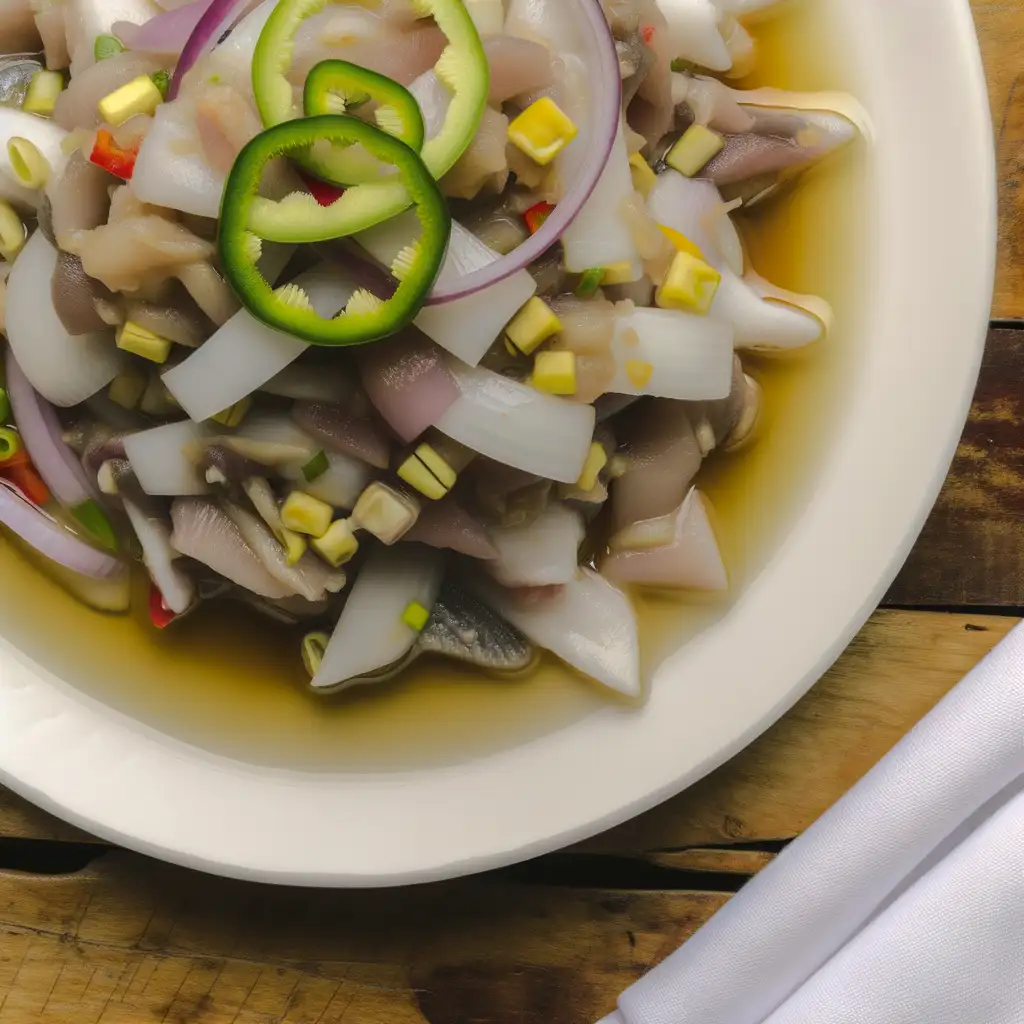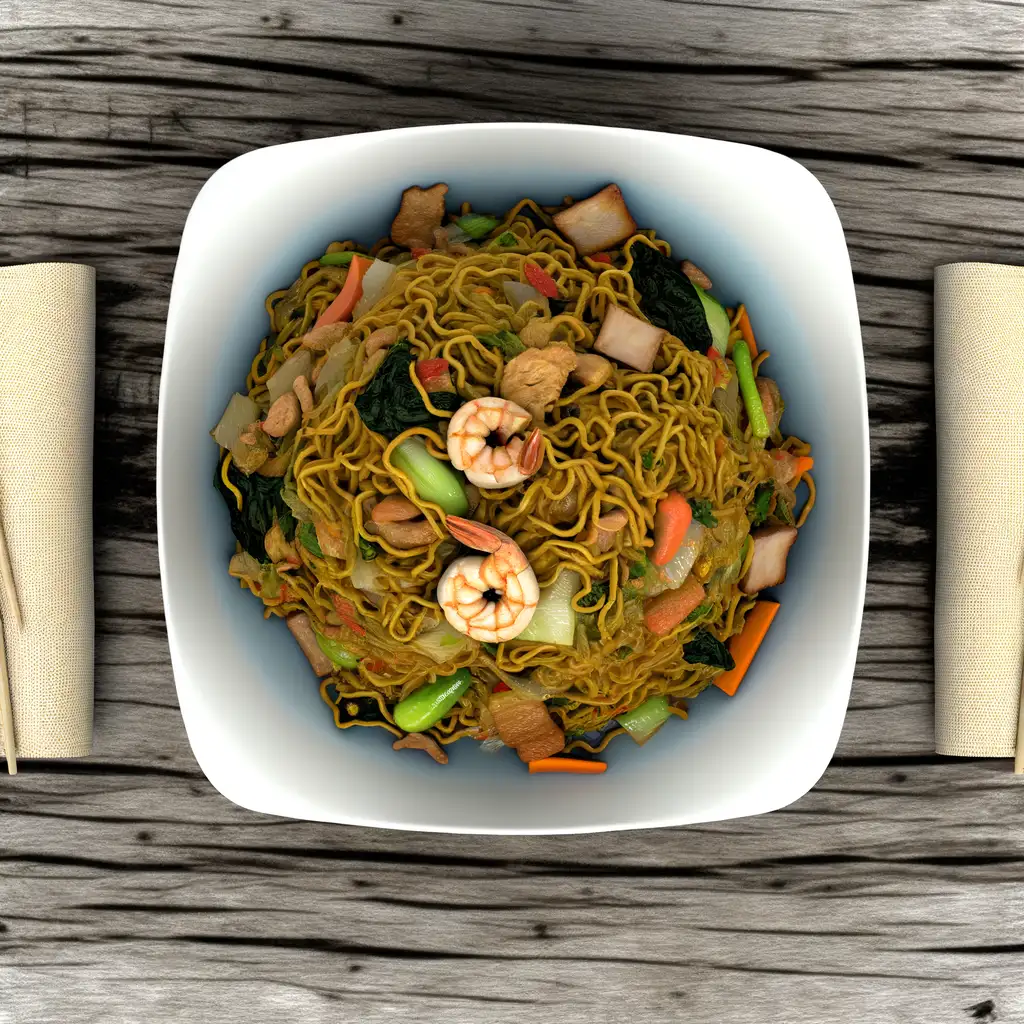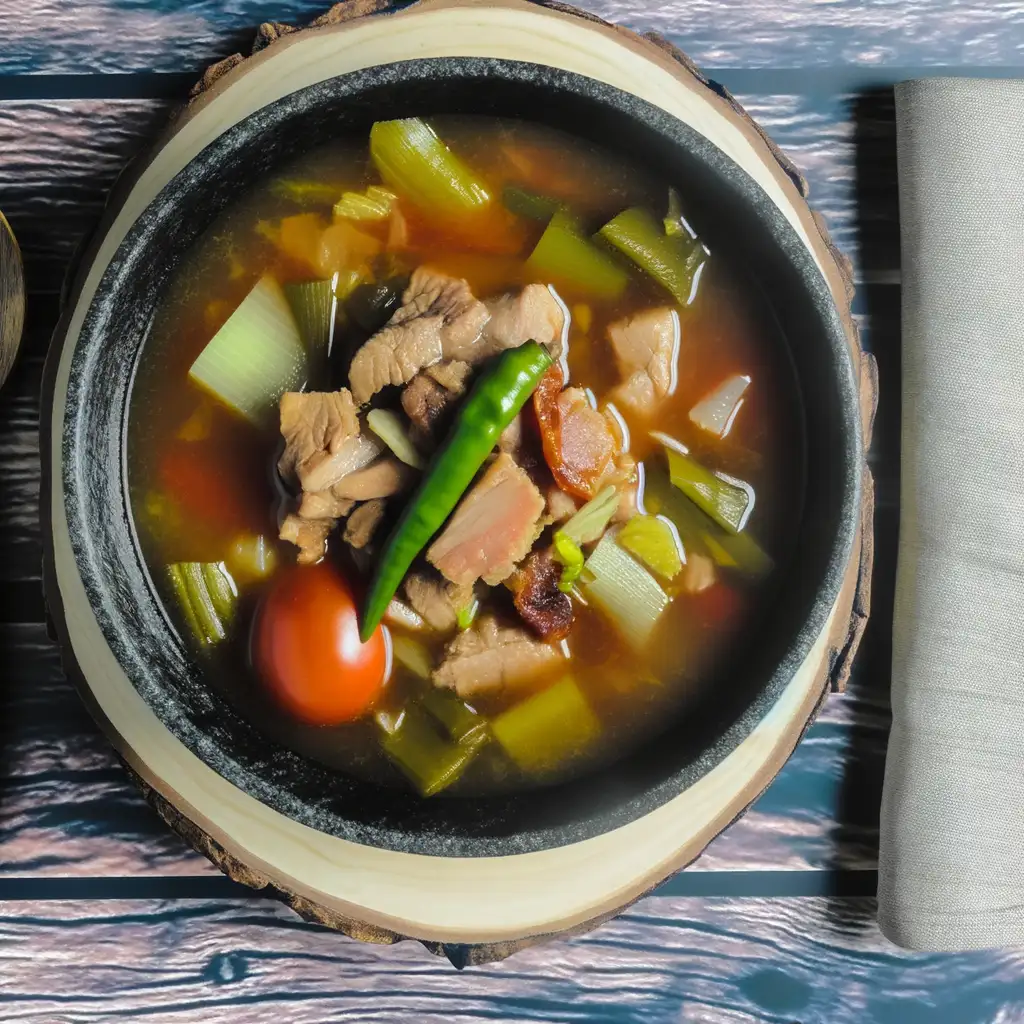


Imagine stepping into a place where the pace slows just enough for you to breathe in the salty sea air and hear the gentle hum of jeepneys weaving through tree-lined streets. That’s Dumaguete for you—a charming coastal city that feels like a warm embrace from an old friend. It’s not flashy or overrun with tourists,but it pulses with a quiet energy,thanks to its mix of university students,local artists,and fishermen who greet the dawn with their daily catch. Walking along Rizal Boulevard at sunset,you’ll catch the sky melting into shades of pink and orange,while the scent of grilled seafood mingles with the tropical breeze,inviting you to linger a little longer. The city’s heart beats in its vibrant community and rich culture. You’ll find yourself drawn to the lively markets where vendors call out their fresh fruits and handmade crafts,or to cozy cafés where baristas serve up strong,sweet local coffee that feels like a hug in a cup. Dumaguete’s charm lies in its simplicity—colorful jeepneys,friendly smiles,and the sound of acoustic guitars drifting from a nearby bar. It’s a place where you can lose track of time exploring quaint streets,chatting with locals,or diving into the clear waters just a short ride away. What makes Dumaguete truly special is how it balances the old and the new. Historic churches stand alongside hip art spaces,and traditional Filipino dishes share the table with international flavors. Whether you’re savoring a plate of silvanas (a creamy,crunchy local treat) or watching fireflies light up the mangroves at night,Dumaguete invites you to slow down,soak it all in,and feel like you’ve found a second home.
The information on this page is currently being reviewed by Tripkliq and should be used as a guide only
Eng word: Hello
Eng pronunciation: Hello
Local language: Hello
Eng word: Goodbye
Eng pronunciation: Pah-ah-lahm
Local language: Paalam
Eng word: Thank you
Eng pronunciation: Sah-lah-maht
Local language: Salamat
Eng word: How much
Eng pronunciation: Tag-pee-lah
Local language: Tagpila
Eng word: Toilet
Eng pronunciation: Kah-sil-yas
Local language: Kasilyas
Eng word: Help me
Eng pronunciation: Tah-bahng-ee koh
Local language: Tabangi ko
Eng word: Yes
Eng pronunciation: Oh-oh
Local language: Oo
Eng word: No
Eng pronunciation: Dee-lee
Local language: Dili
Eng word: Excuse me
Eng pronunciation: Pah-sigh-loh-ah koh
Local language: Pasayloa ko
Dumaguete was officially founded in 1572 by Spanish colonizers. The city's name is derived from the word 'dagit,' which means 'to snatch,' referring to the frequent pirate raids in the area during that time.
Established in 1901, Silliman University is the first American and Protestant-founded institution of higher learning in the Philippines and the entire Asian continent. It is known for its beautiful campus and high academic standards.
Named after the Philippine national hero, Dr. Jose Rizal, Rizal Boulevard is a popular promenade in Dumaguete. It is said that Dr. Rizal once walked along this boulevard during his visit to the city.
The St. Catherine of Alexandria Cathedral, commonly known as Dumaguete Cathedral, is the oldest stone church in Negros Oriental. It was originally built in 1754 and has undergone several renovations since then.
The Dumaguete Belfry, or Campanario de Dumaguete, was built in the 1760s to warn residents of incoming pirate attacks. It is one of the oldest bell towers in the Visayas and a significant historical landmark.
The Negros Oriental Provincial Capitol building, constructed in 1924, is an architectural gem that showcases American-era neoclassical design. It serves as the seat of the provincial government.
During World War II, Dumaguete was occupied by Japanese forces. The city played a significant role in the resistance movement, with many locals joining guerrilla groups to fight for liberation.
Dumaguete is known as the 'City of Gentle People' due to its friendly and hospitable residents. The city has a rich cultural heritage, with various festivals, arts, and music events celebrated throughout the year.
Siliman Hall, built in 1909, is the oldest American structure in the Philippines. It originally served as the main building of Silliman University and now houses the university's anthropology museum.
In Dumaguete, the most common Power Adaptor is Type A, Type B.



A classic Filipino dish made with meat (usually chicken or pork) marinated in vinegar, soy sauce, garlic, and spices, then slow-cooked until tender.

A whole roasted pig, known for its crispy skin and tender meat, often served during special occasions and celebrations.

A Filipino ceviche made from fresh raw fish marinated in vinegar, lime, and spices, often served as an appetizer or side dish.

A stir-fried noodle dish that comes in various forms, often made with vegetables, meat, and seafood, symbolizing long life and good fortune.

A sour pork soup made with tamarind, tomatoes, and various vegetables, known for its tangy flavor and comforting warmth.

A delicious coconut pie made with young coconut meat and a creamy filling, encased in a flaky crust, often enjoyed as a snack or dessert.

A popular dessert in Dumaguete, Silvanas are frozen cookies made of layers of buttercream sandwiched between two cashew meringue wafers, coated in breadcrumbs.
Imagine stepping into a place where history hums through the streets and the ocean breeze carries the scent of salty adventure—that’s Cebu City for you. The moment you arrive,there’s this lively energy that wraps around you,a mix of old-world charm and modern buzz. You’ll find yourself wandering through colorful markets where the chatter of vendors blends with the aroma of freshly grilled street food—think sweet,smoky lechon sizzling over coals,tempting you at every corner.
Cebu’s character is a beautiful blend of the past and present. Ancient Spanish forts and centuries-old churches stand proudly alongside sleek cafes and vibrant street art. The city pulses with warmth,not just from the tropical sun but from the people who greet you with genuine smiles and stories. At night,the streets light up with music and laughter,and you can almost taste the festive spirit in the air.
What really makes Cebu unforgettable is how it feels alive in every sense. You can hear the waves crashing nearby,see the colorful jeepneys weaving through traffic,smell the tropical fruits at the market,and feel the warmth of the sun on your skin as you explore. It’s a place where culture,history,and everyday life blend seamlessly,inviting you to dive in and experience its vibrant soul firsthand.
If you ever find yourself wandering through the heart of Bohol,Tagbilaran City greets you with a warm,unhurried rhythm that feels like a gentle hug after a long journey. The city hums with life—not the overwhelming buzz of a metropolis,but a lively,welcoming energy where jeepneys rattle by and street vendors call out their fresh fruit and local snacks. As you stroll along the waterfront,the salty breeze carries the faint scent of grilled seafood mingling with tropical flowers,inviting you to slow down and savor the moment.
Tagbilaran’s charm lies in its blend of old and new. You’ll catch glimpses of Spanish-era churches standing proudly beside colorful markets where locals barter over ripe mangoes and sticky rice treats. The city’s pulse is deeply tied to its people—friendly,easygoing,and proud of their heritage. At night,the streets light up with laughter and music spilling from small eateries where you can taste the rich flavors of Boholano cuisine,like the sweet,tender kalamay or freshly caught fish cooked with coconut milk.
What really stays with you is the city’s sense of community and its connection to the sea. Whether you’re watching fishermen haul in their catch at dawn or joining a lively fiesta,Tagbilaran feels like a place where stories are shared over steaming cups of coffee and where every corner invites you to discover a new layer of its soul. It’s not just a stopover—it’s a place that quietly pulls you in and makes you want to stay a little longer.
If you ever find yourself craving a place where nature’s calm meets a laid-back island spirit,Puerto Princesa is where you want to be. The moment you step off the plane,there’s this warm,salty breeze that wraps around you,carrying the faint scent of the sea and tropical blooms. It’s a city that doesn’t rush — people move with a gentle rhythm,and the streets hum softly with the chatter of locals and the occasional strum of a guitar from a nearby café. It feels like a breath of fresh air,both literally and figuratively.
What really makes Puerto Princesa stand out is its deep connection to nature. The famous Underground River is just the beginning — lush mangroves,crystal-clear waters,and vibrant coral reefs surround the city,inviting you to explore. You can hear the calls of exotic birds in the morning and watch fishermen bring in their catch as the sun dips low,painting the sky in shades of pink and orange. The food scene here is a delightful surprise too — fresh seafood grilled right on the beach,sweet tropical fruits bursting with flavor,and local dishes that tell stories of the sea and the land.
But beyond the sights and tastes,it’s the people who make Puerto Princesa unforgettable. Their warmth and genuine smiles make you feel like you’re not just visiting,but truly welcomed. Whether you’re wandering through the bustling market or sharing a laugh with a vendor,there’s a sense of community that lingers long after you leave. It’s a place that invites you to slow down,soak in the simple joys,and leave with a heart full of stories.
If you ever find yourself craving a place where history hums softly alongside the buzz of everyday life,Iloilo City is where you want to be. The moment you step into its streets,there’s this warm,inviting energy—like the city is gently nudging you to slow down and savor its stories. You’ll notice the colonial-era buildings standing proudly beside modern cafes,their facades telling tales of centuries past. The air carries a subtle mix of salty sea breeze and the sweet aroma of freshly baked pan de sal,making every morning feel like a comforting embrace.
Walking through Iloilo,you’ll hear the lively chatter of locals,the clinking of glasses in cozy eateries,and the distant strum of guitars from street performers. The city’s character shines brightest in its festivals,especially the Dinagyang,where vibrant costumes and rhythmic drums fill the streets with infectious joy. But even on quieter days,the genuine smiles of Ilonggos and their easygoing hospitality make you feel like you’ve found a second home.
And then there’s the food—oh,the food! From the rich,savory batchoy served steaming hot in humble noodle shops to the sweet,creamy taste of fresh mangoes,every bite is a celebration of local flavors. Iloilo isn’t just a place to visit; it’s a place to experience,where every corner invites you to pause,breathe,and fall a little in love with its soul.
If you ever find yourself craving a place where vibrant city life meets the gentle embrace of nature,Davao City is where you want to be. The moment you step off the plane,there’s this warm,welcoming energy that wraps around you—like the city itself is inviting you to slow down and savor every moment. The air carries a subtle mix of tropical blooms and the faint,salty hint of the nearby sea,while the streets buzz with a friendly hum of jeepneys and chatter in a melody of languages.
Walking through Davao,you’ll notice how the city wears its culture proudly. From the colorful street markets where vendors call out their fresh fruits and local delicacies,to the intricate weaves and crafts that tell stories of indigenous tribes,there’s a deep respect for heritage here. And the food? Oh,the food! Imagine biting into a juicy durian (if you’re brave enough),or savoring grilled tuna so fresh it practically melts in your mouth,all while sipping on a sweet,refreshing calamansi juice.
What really sets Davao apart is its balance—towering mountains and lush parks sit just a short drive from bustling urban spots. You can spend your morning hiking up Mount Apo,the Philippines’ highest peak,then wind down with a stroll along the riverwalk as the sun dips low,painting the sky in shades of orange and pink. It’s a city that feels alive but never rushed,where every corner invites you to explore,taste,and connect.
Manila is this vibrant,bustling heart of the Philippines that grabs you the moment you step off the plane. There’s an energy here that’s both chaotic and warm,like the city is alive and breathing with stories waiting to be discovered. Walking through its streets,you’ll catch the scent of sizzling street food mingling with the salty breeze from Manila Bay. The soundscape is a lively mix of jeepneys honking,street vendors calling out their wares,and the occasional laughter spilling from a nearby sari-sari store.
What makes Manila truly special is its rich tapestry of history and culture woven into everyday life. You can wander through Intramuros,the old walled city,and feel the echoes of Spanish colonial days in the cobblestone streets and centuries-old churches. Then,just a few blocks away,modern skyscrapers rise,showcasing the city’s dynamic spirit. The people here are incredibly warm and welcoming,always ready to share a story or recommend their favorite spot for halo-halo,a sweet,icy treat that’s perfect for cooling down in the tropical heat.
Manila’s charm lies in its contrasts—the old and new,the quiet moments in hidden courtyards and the lively buzz of night markets. It’s a place where you can savor rich Filipino flavors,dive into vibrant festivals,and feel the pulse of a city that’s constantly evolving but never loses its heart. If you want a trip that’s full of life,color,and genuine warmth,Manila’s waiting with open arms.
Scammers may install skimming devices on ATMs to steal card information from unsuspecting tourists withdrawing cash.
Vendors offering activities like snorkeling or boat rides may inflate prices for tourists or add hidden fees after the activity is completed.
Some money changers may use sleight of hand or provide incorrect exchange rates to shortchange tourists during currency exchanges.
Scammers may approach tourists claiming to collect donations for a local charity or cause, but the money goes into their own pockets.
Vendors may sell counterfeit or low-quality items as authentic local crafts, charging higher prices than they are worth.
Individuals may pose as tour guides and offer their services, only to provide subpar experiences or abandon tourists after receiving payment.
Some rental shops may claim damages to motorbikes that were already present, forcing tourists to pay for repairs or lose their deposit.
Tricycle drivers may overcharge tourists by not using the standard fare or quoting inflated prices, especially if the tourist is unfamiliar with local rates.
Crowded areas, such as markets or festivals, may attract pickpockets who target tourists distracted by their surroundings.
Tourists may be lured into booking unlicensed or non-existent accommodations online, only to find out they have been scammed upon arrival.
The Philippines has very strict drug laws, and Dumaguete is no exception. The Comprehensive Dangerous Drugs Act of 2002 (Republic Act No. 9165) imposes severe penalties for the possession, use, and trafficking of illegal drugs. Penalties can include long prison sentences and even the death penalty for serious offenses. Tourists should be extremely cautious and avoid any involvement with illegal drugs.
In Dumaguete, as in the rest of the Philippines, smoking is regulated under the nationwide Tobacco Regulation Act of 2003 (Republic Act No. 9211). Smoking is prohibited in public places such as schools, hospitals, public transportation terminals, and government offices. Designated smoking areas are allowed but must be in open spaces or well-ventilated areas. Violators can face fines and other penalties.
Vaping is subject to similar regulations as smoking in Dumaguete. The use of e-cigarettes is prohibited in public places where smoking is banned. The sale of vaping products to minors is also prohibited. Violators can face fines and other penalties.
What are other people saying about Dumaguete?
Recent Social posts about Dumaguete
There is nothing to show you for now.